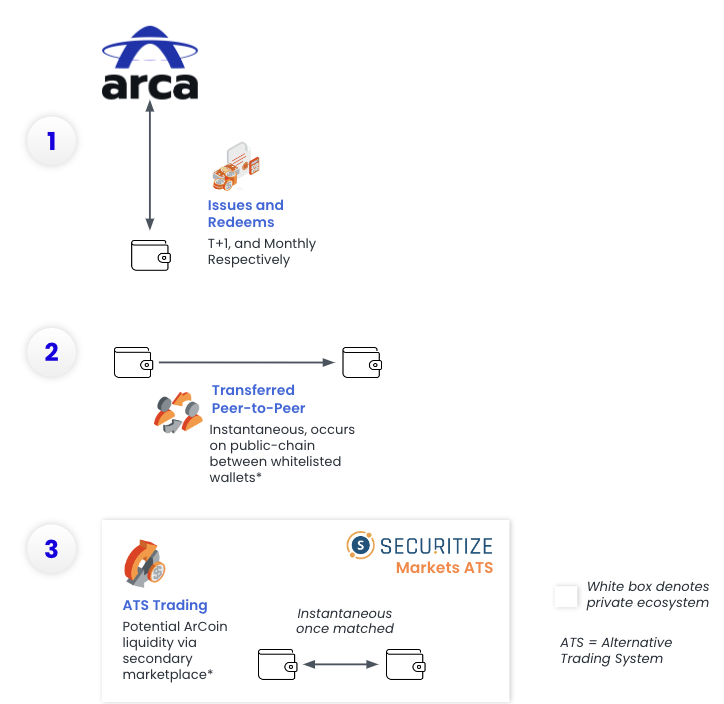Research Summary
The report delves into the concept of shared sequencers, exploring their potential to achieve high levels of censorship resistance, interoperability, and more. It discusses the components of a shared sequencer set, including JSON-RPCs, block/batch builder algorithm, and consensus algorithm. The report also examines the role of relays, latency, RPCs, and the distribution of builders in MEV-boost, highlighting the challenges and centralizing forces in the existing setup.
Key Takeaways
The Shared Sequencer
- Introduction to Shared Sequencers: The report discusses the concept of shared sequencers, which could achieve high levels of censorship resistance, ease of deployment, interoperability, fast finality, liveness, and MEV democratization. It explores how rewards and MEV should be distributed on shared sequencer networks.
- Components of a Shared Sequencer: A shared sequencer set consists of several components such as JSON-RPCs, block/batch builder algorithm, peer-to-peer (p2p) layer, leader rotation algorithm, and consensus algorithm. These components work together to ensure that transactions are processed efficiently.
- Rollup Nodes and Transaction Processing: Rollup nodes receive ordered blocks from sequencers for soft commit and hard commit. The shared sequencer network provides rollups with liveness and censorship resistance. The concept of slots is introduced to determine the timing for block creation, ensuring timely processing of transactions.
Latency and Block Submission
- Importance of Relays: Relays facilitate builder and proposer separation, verify blocks, check fees, act as escrowers of blocks, and handle validator registrations. They play a crucial role in facilitating transaction processing and ensuring proper infrastructure.
- Impact of Latency: Latency and slot times have considerable effects on block submission and building. The more relays blocks are propagated to, the more latency is experienced. Proper infrastructure is needed to facilitate efficient block creation and submission.
- Role of RPCs: RPCs are vital for retail users who send their transactions to public mempools. The more builders that transactions are sent to from the RPC, the higher the likelihood of fast inclusion. Proper selection and inclusion of RPCs are crucial for efficient transaction processing.
Builders and Validators in MEV-Boost
- Builder Distribution: The total builders over time on MEV-boost are around 84, with the top 3 builders accounting for around 65% of built blocks. The distribution of builders is expected to remain somewhat centralized, and the competition among builders is tough.
- Latency and Validator Response: The data on latency is quite consistent, with some outliers based on geographical location. The time it takes a validator to receive a response for a block header built by a builder is an important factor in the overall efficiency of the system.
- Challenges and Centralizing Forces: The report acknowledges the centralizing force in the stack and expresses interest in ideas that challenge the existing state of affairs. The existing setup favors those with the best order flow and hardware optimizations.
Actionable Insights
- Consider Shared Sequencers for Enhanced Capabilities: Shared sequencers offer promising capabilities such as censorship resistance and fast finality. Understanding their components and how they work can lead to innovative solutions in blockchain technology.
- Optimize Latency and Block Submission: Proper infrastructure, including relays and RPCs, must be in place to minimize latency and ensure efficient block submission. Attention to these details can enhance the overall efficiency of the system.
- Address Centralization in Builder Distribution: The current state of builder distribution in MEV-boost is somewhat centralized. Exploring ideas to challenge this centralization and create a more balanced distribution could lead to a more robust and fair system.












